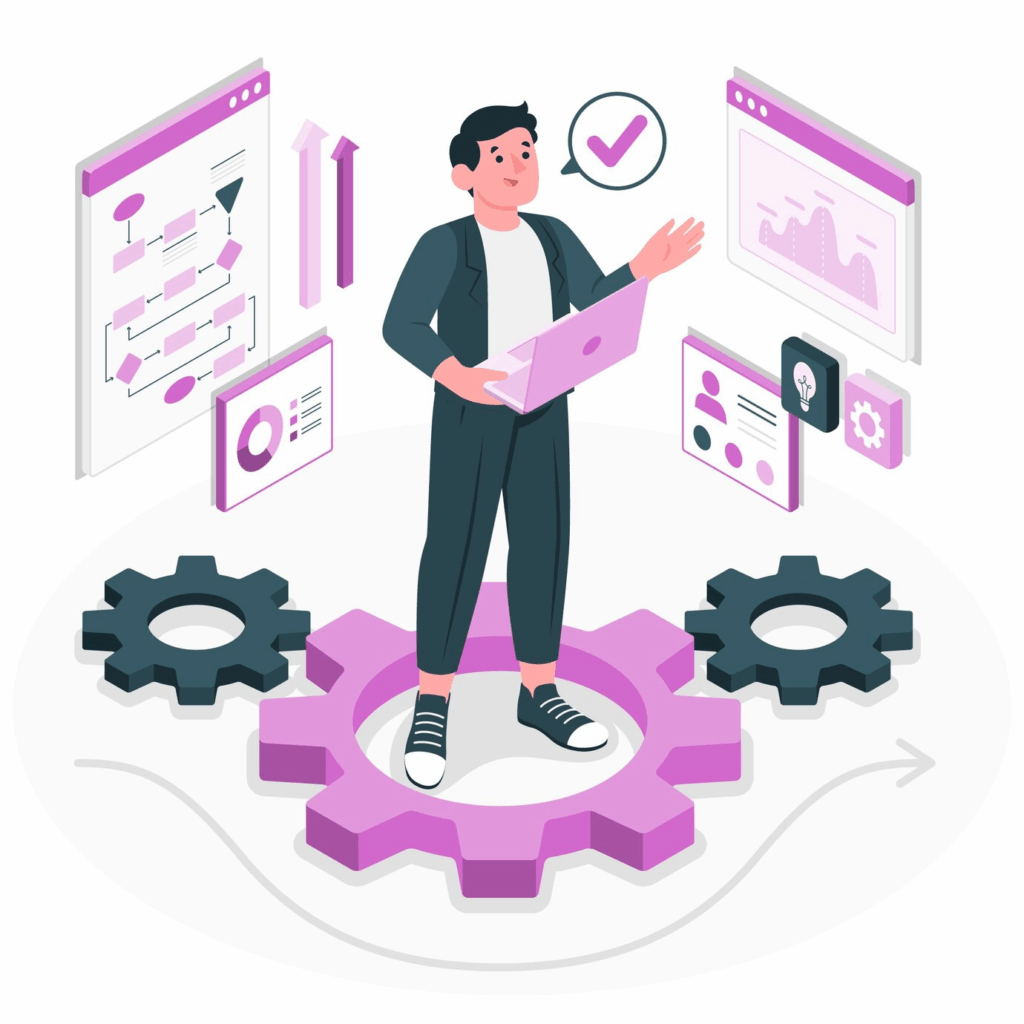Running a single AI model in the cloud is straightforward. A central server handles everything—from updates and performance tracking to data pipelines and scaling.
But once you move to a decentralized environment, you’re not managing one model. You’re managing hundreds or even thousands of models, all distributed across edge devices and local systems—and that introduces a whole new level of complexity.
What Is Orchestration?
AI orchestration is the process of managing the lifecycle of AI models at scale including:
Deploying new models
Monitoring their health and performance
Updating them consistently across all endpoints
Ensuring they behave in sync, even in dynamic environments
In centralized AI, these tasks are streamlined. In decentralized AI, they’re fragmented and that’s where the headaches begin.
The Challenge :
Without strong orchestration tools, companies face:
Inconsistent behavior between models at different locations
Difficulty identifying and fixing errors across distributed systems
Delays in rolling out critical updates, risking performance gaps
Manual overhead, as engineers must manage each node or device
This is particularly problematic in industries like manufacturing, energy, or logistics, where even a short delay or mismatch can cause cascading failures across systems.
Who’s Trying to Solve It?
Innovative platforms like OORT and Fetch.ai are stepping into this space. They offer:
Agent-based orchestration frameworks: AI agents communicate and self-organize to execute tasks collectively.
Blockchain-based governance: Ensures updates and decisions are transparent, auditable, and secure.
Automated policy control: Lets enterprises define rules for how models are deployed, updated, and retired all without manual intervention.
But this area is still evolving. As of 2024, most orchestration systems for decentralized AI remain early stage or highly customized, lacking the plug-and-play simplicity that centralized systems offer.
Security and orchestration aren’t optional in the decentralized AI world; they’re mission-critical. As local AI grows more powerful and widespread, these two pillars will define how safe, stable, and scalable decentralized intelligence really is.
The future of AI at the edge won’t just be about what models can do it will be about how well we can manage and protect them.




